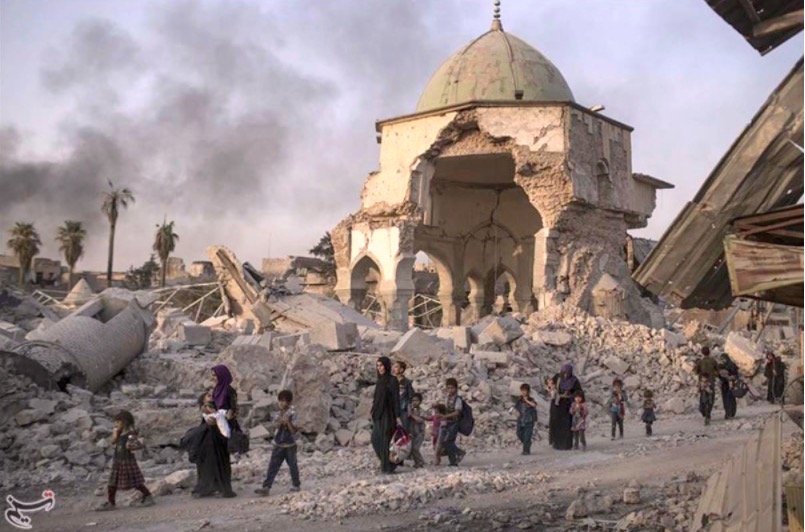The incredible inscriptions reference the Assyrian king Esarhaddon, who is mentioned in the Hebrew Bible, as reported by LiveScience. One inscription, translated, reads: “The palace of Esarhaddon, strong king, king of the world, king of Assyria, governor of Babylon, king of Sumer and Akkad, king of the kings of lower Egypt, upper Egypt and Kush [an ancient kingdom located south of Egypt in Nubia].”
ISIS’ Destruction of Biblical Tomb of Jonah Inadvertently Leads Researchers to ‘Fantastic’ Discovery





